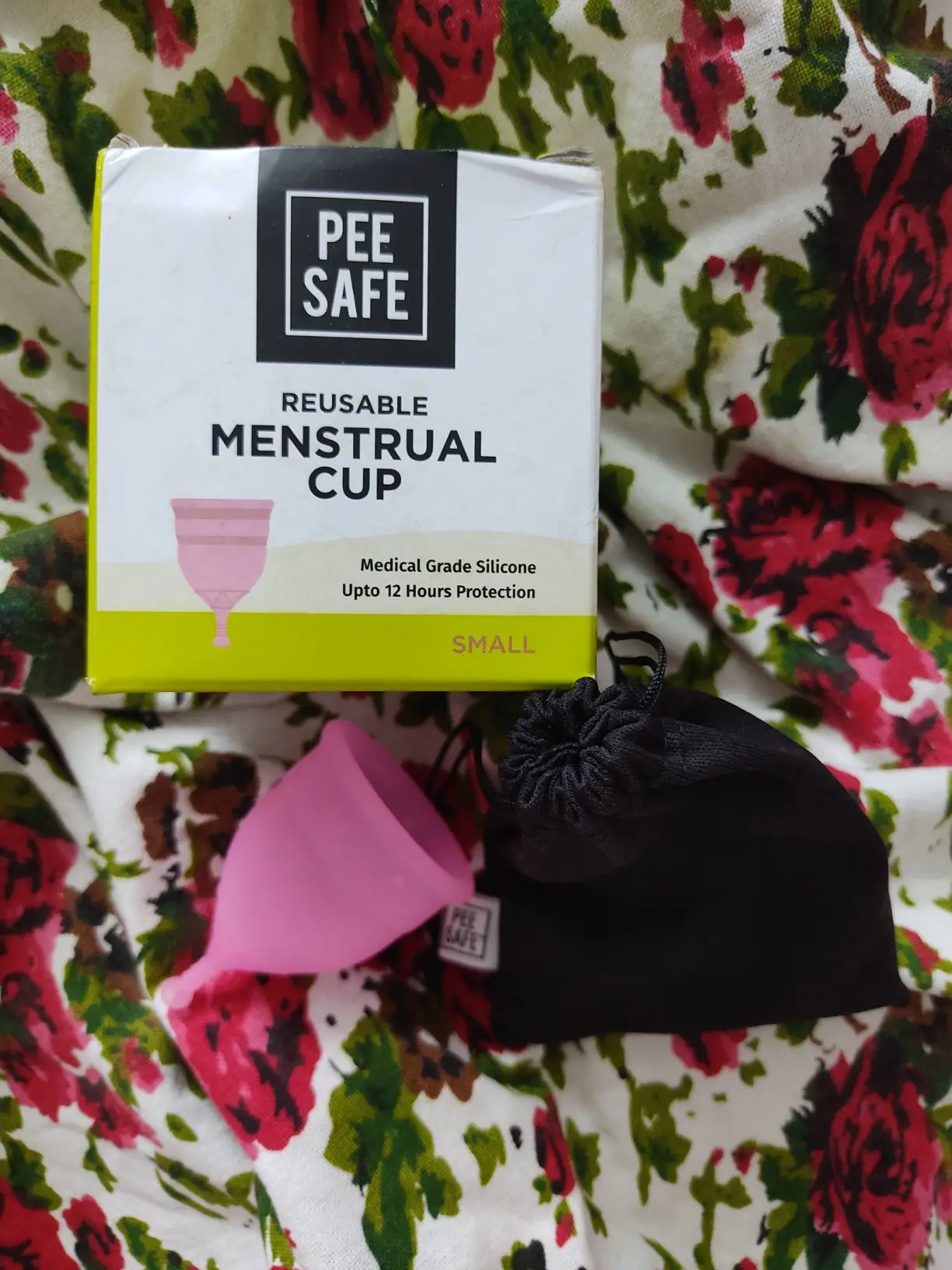A Timeless Journey: The History of Menstrual Cups
Menstrual cups, often hailed as a revolutionary product in feminine hygiene, have a rich and varied history that spans centuries. These reusable, eco-friendly devices have transformed menstrual care, offering a sustainable alternative to disposable products. In this article, we delve into the history of menstrual cups, tracing their development from ancient times to the present day.
Ancient Beginnings: Early Forms of Menstrual Protection

Ancient Civilizations and Menstrual Practices
Long before the modern menstrual cup, women across various ancient civilizations employed creative solutions to manage menstruation. While specific records are scarce, historical evidence suggests that women in ancient Egypt, Greece, and Rome used a variety of materials, including papyrus, wool, and rags, to absorb menstrual blood.
The First Innovations
While not menstrual cups as we know them today, these early practices laid the groundwork for future innovations. The concept of internal menstrual protection began to take shape, setting the stage for more sophisticated designs in the centuries to come.

The Birth of the Modern Menstrual Cup

The 19th Century: A Time of Experimentation
The 19th century saw significant advancements in medical science and women’s health. During this period, the first prototypes of menstrual cups began to emerge. In 1867, an early version of the menstrual cup was patented by S. L. Hockert. This rudimentary design consisted of a rubber sack attached to a belt, which collected menstrual blood.
The 20th Century: The First Commercial Menstrual Cup
The modern menstrual cup, as we know it, began to take shape in the early 20th century. In 1937, American actress and inventor Leona Chalmers patented the first commercial menstrual cup made of rubber. Despite its innovation, the product faced significant social and cultural barriers, limiting its widespread acceptance.


Mid-20th Century: Innovations and Setbacks
In the mid-20th century, other menstrual cup designs emerged, such as the Tassette and the Tassaway, but they struggled to gain popularity. Factors like the rise of disposable menstrual products, societal taboos around menstruation, and the discomfort associated with early rubber designs contributed to their limited success.
The Modern Era: Silicone Menstrual Cups

The 1980s and 1990s: A Resurgence
The 1980s and 1990s marked a resurgence in menstrual cup innovation. The introduction of medical-grade silicone revolutionized the product, making it more comfortable and durable. Brands like The Keeper, made of latex rubber, and The Mooncup, made of silicone, began to gain traction, particularly among environmentally conscious consumers.
21st Century: Mainstream Acceptance
In the 21st century, menstrual cups have experienced unprecedented growth and acceptance. Companies like DivaCup, Lunette, and MeLuna have expanded the market, offering a variety of sizes and styles to cater to different needs. Increased awareness of environmental issues and the cost-effectiveness of menstrual cups have contributed to their growing popularity.

Most Reliable Menstrual Cup





Conclusion
The history of menstrual cups is a testament to innovation and resilience in women’s health. From ancient solutions to modern silicone designs, menstrual cups have evolved to become a sustainable, effective, and increasingly popular choice for menstrual care. As society continues to prioritize environmental sustainability and women’s health, menstrual cups are likely to play an even more significant role in the future.
